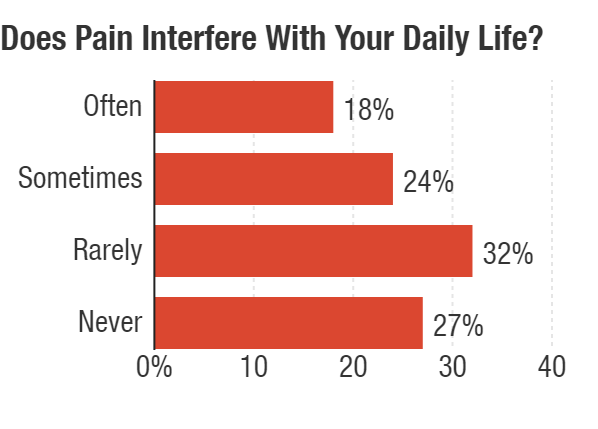Would A Payroll Tax Cut Help The U.S. Economy?
NPR’s Audie Cornish speaks with Jason Furman, who was President Obama’s chief economic adviser, about Trump administration’s consideration to stimulate the economy via payroll tax cuts.
AUDIE CORNISH, HOST:
President Trump suggested yesterday that his administration is considering proposing a payroll tax cut as a way to goose a slowing economy.
(SOUNDBITE OF ARCHIVED RECORDING)
PRES DONALD TRUMP: Payroll tax is something that we think about, and a lot of people would like to see that. That very much affects the working – the workers of our country.
CORNISH: The payroll tax is the money that’s automatically deducted from employees’ paychecks for Social Security and Medicare. But would cutting those taxes now help juice the economy? We’re going to put that question to Jason Furman. He served as an economic adviser to President Obama when Congress last gave a temporary payroll tax cut.
Welcome back to the program.
JASON FURMAN: Thanks for having me back.
CORNISH: The economy is growing at a slower rate now. The stock market has been jittery. People are worried about the prospect of a recession. This is not exactly what was going on during the Obama administration in those early days, right? But would cutting the payroll tax now help stimulate growth?
FURMAN: When we did the payroll tax cut, the unemployment rate was, you know, 8% or 9%. Right now it’s below 4%. So I don’t think this is something that’s needed right now. But there is enough uncertainty in the economy that, who knows? Maybe six months from now, things will deteriorate and we might actually need it.
CORNISH: The payroll tax is money that’s deducted from our paychecks, right? That would go to Social Security and Medicare. Don’t we need this money to fund those safety net programs?
FURMAN: In the Obama administration, we set up a mechanism that the Social Security trust fund was repaid entirely for all of the payroll tax cut, and so it had no effect on Social Security solvency whatsoever.
CORNISH: So basically the government filled in the gap while we took our pay cut.
FURMAN: Right. It doesn’t really have any effect at all on Social Security. It does increase our debt, and so there are consequences, but not consequences for Social Security or for senior citizens.
CORNISH: People don’t talk as much about deficits, but we’re already looking at a trillion-dollar deficit, right? Could the U.S. afford to pay payroll taxes again?
FURMAN: If we are in a decent shape, then I think it would be a wasteful addition to the debt. That would not be worth it. If the economy was turning down, then I would say we couldn’t afford not to do a payroll tax cut or some other form of fiscal stimulus.
CORNISH: But consumer spending has been strong, right? I mean, this is not the weak spot in the economy.
FURMAN: Yeah. Consumer spending has been the most consistent, strong spot in the economy. And that’s because employment levels are high. Wages are growing faster than inflation. And the types of worries we’re seeing are in financial markets which are forward-looking and trying to think about what’s going to happen next. But we’re really not seeing it for consumers and in the labor market today as a problem.
CORNISH: JPMorgan Chase came out with a forecast this week about the president’s tariffs on products from China, and it said, if fully implemented, Trump’s tariffs would cost the typical household a thousand dollars. So is that a reason to give ordinary Americans a break on their payroll tax?
FURMAN: Well, that might be a reason to drop the tariffs. But yeah, if you did a 2% payroll tax cut, and you made $50,000 a year, you would get a thousand dollars off your taxes. So that would roughly cancel out with the full amount of the tariffs.
CORNISH: What do you see as a possible alternative to this? I mean, some would say, look, there needs to be more business investment. Why not do an additional cut in the corporate tax rate?
FURMAN: I think there’s not a lot more room to stimulate the economy on the corporate side. I think if and when we need fiscal stimulus, we should have a comprehensive approach. Part of that is tax cuts for individuals. I would make them more progressive than a payroll tax cut, maybe give every household the same amount of money but phase it out for the most well-to-do households. But I’d also give fiscal relief to states and more money for things like unemployment insurance and nutrition assistance because if the economy turns down, those are the people that will be most hurt by it.
CORNISH: That’s Jason Furman. He served as chair of President Obama’s Council of Economic Advisers.
Thank you for explaining it to us.
FURMAN: Thanks so much.
Copyright © 2019 NPR. All rights reserved. Visit our website terms of use and permissions pages at www.npr.org for further information.
NPR transcripts are created on a rush deadline by Verb8tm, Inc., an NPR contractor, and produced using a proprietary transcription process developed with NPR. This text may not be in its final form and may be updated or revised in the future. Accuracy and availability may vary. The authoritative record of NPR’s programming is the audio record.




